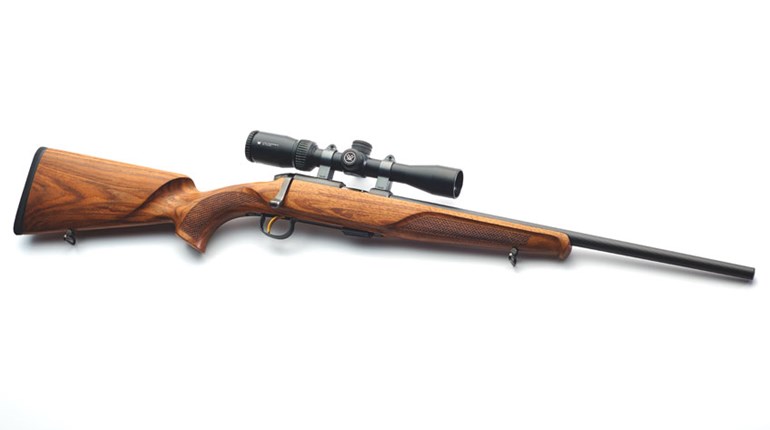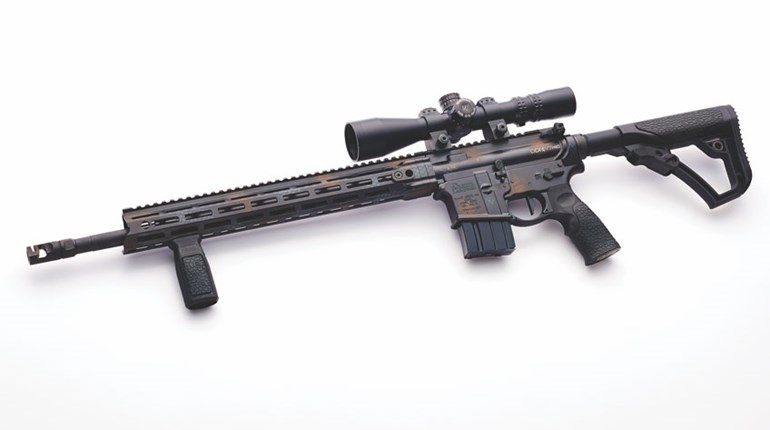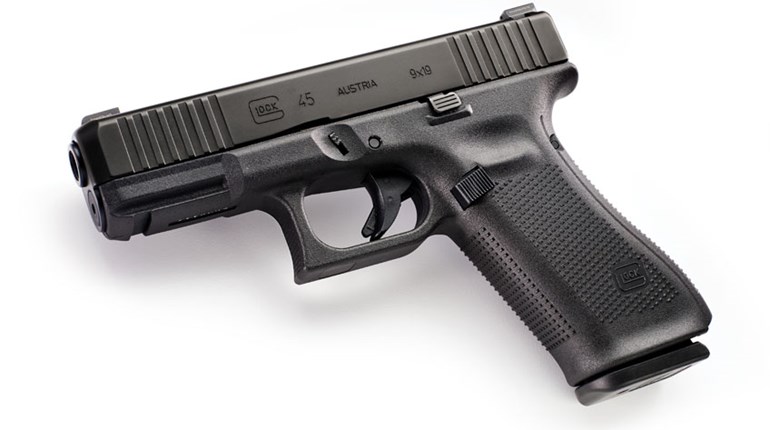
Concealed-carry permit holders should rightly fear a crowd. In fact, everyone should. Rarely do we put ourselves in a potentially worse spot so casually.
Don’t misunderstand: Acquired agoraphobia is not what we’re suggesting. People-filled spaces are a fact of life, and even a pleasure now and again. Sporting events or other public performances, to say nothing of public transportation, are the most likely occasions, though malls and restaurants probably beckon more frequently. The good news in large venues is that the watchful eye of law enforcement is likely on your guard.
The bad news is that you still might have to protect yourself or others, and the smaller the venue, the less likely official aid is to be sufficiently close. Examples are hardly needed.If a slight—or major—case of metaphorical shakes now commences, that’s probably a good thing.
If a slight—or major—case of metaphorical shakes now commences, that’s probably a good thing. Defensive shooting is demanding under any circumstances, but any crowded space amplifies the difficulties as well as the risks.
We venture it is no surprise we have a suggestion.
The good news/bad news construction is apt again: Good—the technique is not difficult to explain or to do; bad—it’s often hard to find a place you can practice, at least in the most complete and useful way.
The technique is simply to lower your firing position. In a crowd, this means that most (not all) errant shots will go above innocents near the aggressor. For the most part, you only have to engage around bystanders who are closer to you than the threat. This is much easier to do than having to account for what is both in front and behind—either because of a miss, or because a shot penetrates all the way through the intended target.
Do what you can do well, comfortably and quickly, in other words.The best way to do this is to shoot from a kneeling position. For most folks, going to one knee will win out as we age, if only because it’s so much easier (and usually quicker) to get back up. Younger folks may choose to go down on both knees, which has treble benefits: It can be faster, gets you lower (rendering you a tougher target for return engagement), and increases the up-angle safety margin of any shot you decide to take. While there is substantial doctrine on both sides, we think it’s a toss-up. Do what you can do well, comfortably and quickly, in other words.
The mechanics of practicing this aren’t tough, indoors or out. The only material concern is to make sure your shots still strike the backstop where they should. Lowering your target on the carrier will ensure this.
If you’re draw-cleared at your practice facility, embed your presentation. It’s safer and faster than trying to present after you’re down. You’ll avoid sweeping yourself, and big-time sweeping yourself if you’re using the both-knees method. As with anything new, dry run this with no ammo before any live fire. (Right?!)
If you train at a lane-style facility, your training will have one important disadvantage—it’s essentially 2D, as in two-dimensional. You have to rely on visualizing the benefit of your lowered angle. We recommend no-shoots left, right and below your erstwhile bad guy to enforce good precision. Virtually any shot you take in a crowd must be last-ditch right on.Outdoor practice in a flat/square range setting is a huge help to seeing what kneeling really brings to a skill set.
Outdoor practice in a flat/square range setting is a huge help to seeing what kneeling really brings to a skill set. Here, we recommend a “bad guy” or two surrounded by good guys both in front and behind. Put all targets on their own stands to get the 3D, more realistic spacing at work, and you should see immediately how the lowered shooting position gives an advantage. At prudent defensive shot distances, the target solution simplifies a good deal. Again, make sure of that safe impact on the backstop by mounting targets a little lower than you normally would.
There: We said it was easy, though a couple of considerations remain. If you ankle-carry, you’ll immediately see that one-knee style is the way to go; indeed, it seems tailor-made. Just make sure the “up” knee is the same as the carry ankle. Conversely, it’s a laugher for two knees: If there’s a good way to do it, we’d like to know what it is, please! Some older technique also suggests that you support the shot with the off/weak side elbow on the knee. We find this slow, and not nearly as stabilizing as some suggest. Whatever yields the best accuracy is what you should use.
Note also that either kneeling position nails you down, and this violates a fairly major principle of defensive shooting, namely getting off the “X.” In a crowd, though, the notion of “sauce for the goose,” applies: The same innocents that are making your shot difficult are also shielding you. If you can make any such sacrifice unnecessary, that’ll be a very good thing.
Now Carry on.
































